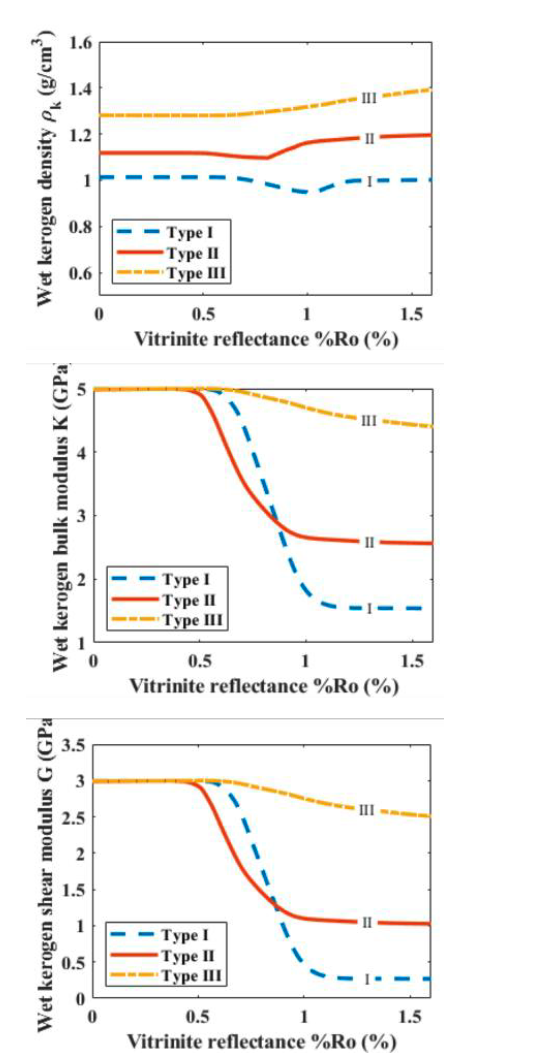Thermal maturity driven elastic rock-physics model for Goldwyer formation, Canning Basin


Application of thermal maturity driven elastic rock-physics model for marine Ordovician Goldwyer formation, Canning Basin
Partha Pratim Mandal, Rob Ross, Santosh Kuppens and Ask Jakobsen, Qeye; Joel Sarout, CSIRO
The heterogeneous nature of low permeability, unconventional shale reservoirs make for challenging source rock characterization. The thermal maturity of these reservoirs drives the potential hydrocarbon generation followed by overpressure. Quantitative interpretation of seismic data is a reliable technique to derive the rock’s physical properties using a rock physics model calibrated to well data. Considering the significance of thermal maturity of kerogen in organic-rich mudrocks, rock physics models are constructed combining petroleum system and geochemical models of various kerogen types. The generation of organic pores, breakdown of labile kerogen and solidification of remaining organic carbon from thermal maturation of kerogen are modelled to derive physical properties of the kerogen. Presence of pore networks in the inorganic rock component and in the kerogen are considered when calculating effective elastic moduli using a differential effective medium model. The Gassmann equation is used for fluid substitution and Backus averaging is used to upscale seismic velocities. The organic-rich mudrocks are presented as a vertical transverse mixture of clays, kerogen, and hydrocarbons. The model is applied on the marine Ordovician Goldwyer shale formation in the onshore Canning Basin. A reasonable match is achieved between modelled compressional and shear impedances and the well logs. Finally, uncertainty quantification of fracability aspect of mudrocks from this model is presented to understand significance of physical input parameters.
For more information on this paper, please contact Qeye.
